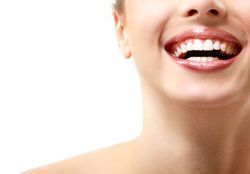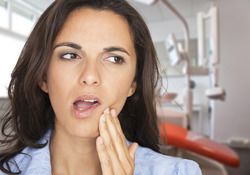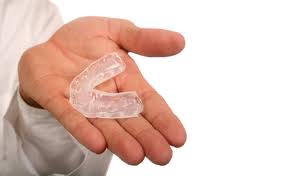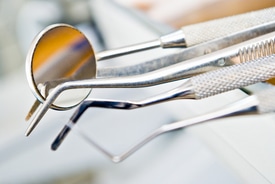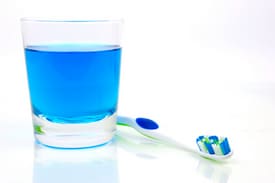Understanding the Benefits of Waterlase
by drrapisarda
Tags: Cosmetic Dentistry Restorative Dentistry

As a result, many patients have been traumatized by the experience with the drill. When they think of a dental drill, they likely associate it with pressure, vibration, and heat, all of which cause an undeniable degree of anxiety over the perceived amount of pain and discomfort involved.
However, Boston dental patients can undergo treatment with the Waterlase, allowing them to rest easy during dental visits. Waterlase treats both the hard and soft tissues (the teeth and gums) without generating any pressure, vibrations, or heat. It allows cosmetic dentistry patients to undergo treatment with fewer shots, no numbness, a reduced need for anesthesia, limited use of the dental drill, and perhaps most importantly, little to no pain. Waterlase also reduces pain and swelling after dental procedures and eliminates the need for pain medication.
With the use of Waterlase, a dentist is able to remove decay on tooth enamel, leaving the area surrounding the affected bone or tissue unaffected, which helps to conserve more of the original tooth structure.
- Reduction of trauma: When a high-speed dental drill is used to restore decayed or damaged teeth, it may cause fractures and hairline cracks in teeth that can lead to dental problems in the future. With the use of Waterlase, the damage can be reduced and trauma to the teeth is minimized.
- Reduced swelling and bleeding: With the conservative cutting action that Waterlase uses, many of the procedures that are completed on soft gum tissue are done with no bleeding and a reduced amount of swelling after completion of the procedure.
- Reduced need for anesthesia: When Waterlase is used for your dental procedures, anesthesia or shots may not be necessary.
- Reduced number of dental visits: The Waterlase is much more efficient than the drill and many other dental tools, which allows dentists to perform more dental procedures during a single visit. Dentists can quickly remove decay before the placement of dental crowns, and contour the gums during the laser gum reshaping procedure.
- Increased versatility: Waterlase can be used for a number of different dental procedures. It can be used for both soft tissue and hard tissue procedures including cavity prep, decay removal, smile design, root canals, and even surgical procedures on the gums and bones.
It is important to learn all you can about the technology to determine if it is right for your specific needs.
Learn More about Waterlase Procedures
If you believe you could benefit from the Waterlase technique, contact Dr. Robert Rapisarda today for more information. His staff will help schedule your appointment and provide you with additional information about this innovative technology. If you are ready for more pleasant dental visits, Waterlase can improve your experience. Call today and achieve superior oral health with pain-free procedures.
Understanding the Benefits of Waterlase Read More »

